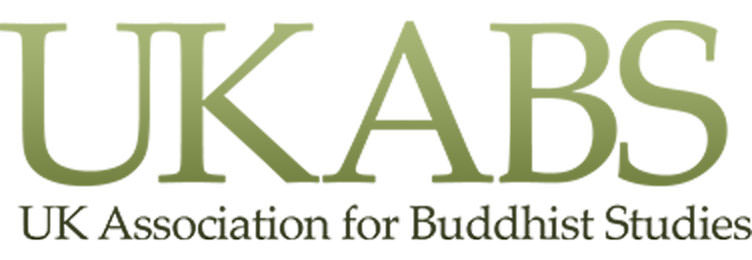The Edinburgh Centre for Buddhist Studies is excited to be hosting the 2026 UKABS conference, on the theme “Buddhism and Emotion”.
Date and venue:
24th-26th June 2026, New College, Edinburgh
Organising committee:
Naomi Appleton, Erica Baffelli, Jan Nicol, and Upali Sraman
Planning schedule:
- Abstracts for proposed papers by 30th November 2025.
- Paper selection confirmed December 2025.
- Programme confirmed and registration opens January 2026.
- Registration closes end May 2026
Call for Papers:
The Edinburgh Centre for Buddhist Studies (ECBS) and the UK Association for Buddhist Studies (UKABS) invite abstracts for a conference on the theme of “Buddhism and Emotion” to be held in Edinburgh on 24th-26th June 2026, with Professor Maria Heim as keynote speaker. This will also form a European regional meeting of the International Association of Buddhist Studies (IABS). We are delighted to announce that Professor Maria Heim, author of so many definitive studies of emotion in South Asian Buddhist contexts, has agreed to be our keynote speaker. We welcome submissions on all aspects of the theme, and from all types of disciplinary approach, including (but not limited to) textual, visual, historical and ethnographic studies.
The deadline for abstracts is the end of November 2025 and we expect to communicate outcomes by 19th December 2025.
Attendees, including those presenting, will be expected to cover the costs of their attendance. We expect the registration fee (including vegetarian lunch and tea/coffee breaks) to be in the region of £80 with a reduced rate of around £60 for UKABS members; registration will open in January 2026. Attendees will need to make their own travel and accommodation arrangements.
We particularly welcome submissions from early career researchers (ECRs), including postgraduate students. A small number of late-stage, UK-based PhD students will have their costs of attendance covered by UKABS, and these presenters need not address the conference theme. We hope to also have a small amount of funding available to support the attendance of ECR presenters from Europe who cannot access institutional funds, and we will be including ECR development events at the conference. If you are a postgraduate student, please also note how close to completion you are, and the (working) title of your thesis, in your abstract submission.
Presenters will be invited to submit their papers for a special issue of the peer-reviewed UKABS journal Buddhist Studies Review, though inclusion in the journal is neither a requirement for participation, nor guaranteed by acceptance for the conference.
Abstracts should be submitted by email to [email protected] as an attached word or pdf document. Please include the following:
- Title of paper
- Abstract (up to 200 words)
- Name (including title) and affiliation
- If postgraduate student: title of thesis, anticipated date of completion
- If ECR (including postgraduate student) based in Europe and unable to access other funds for attendance: what financial support would be required to enable participation
- Indication of interest in submitting your paper for the special journal issue
Deadline for abstracts: 30th November 2025.
